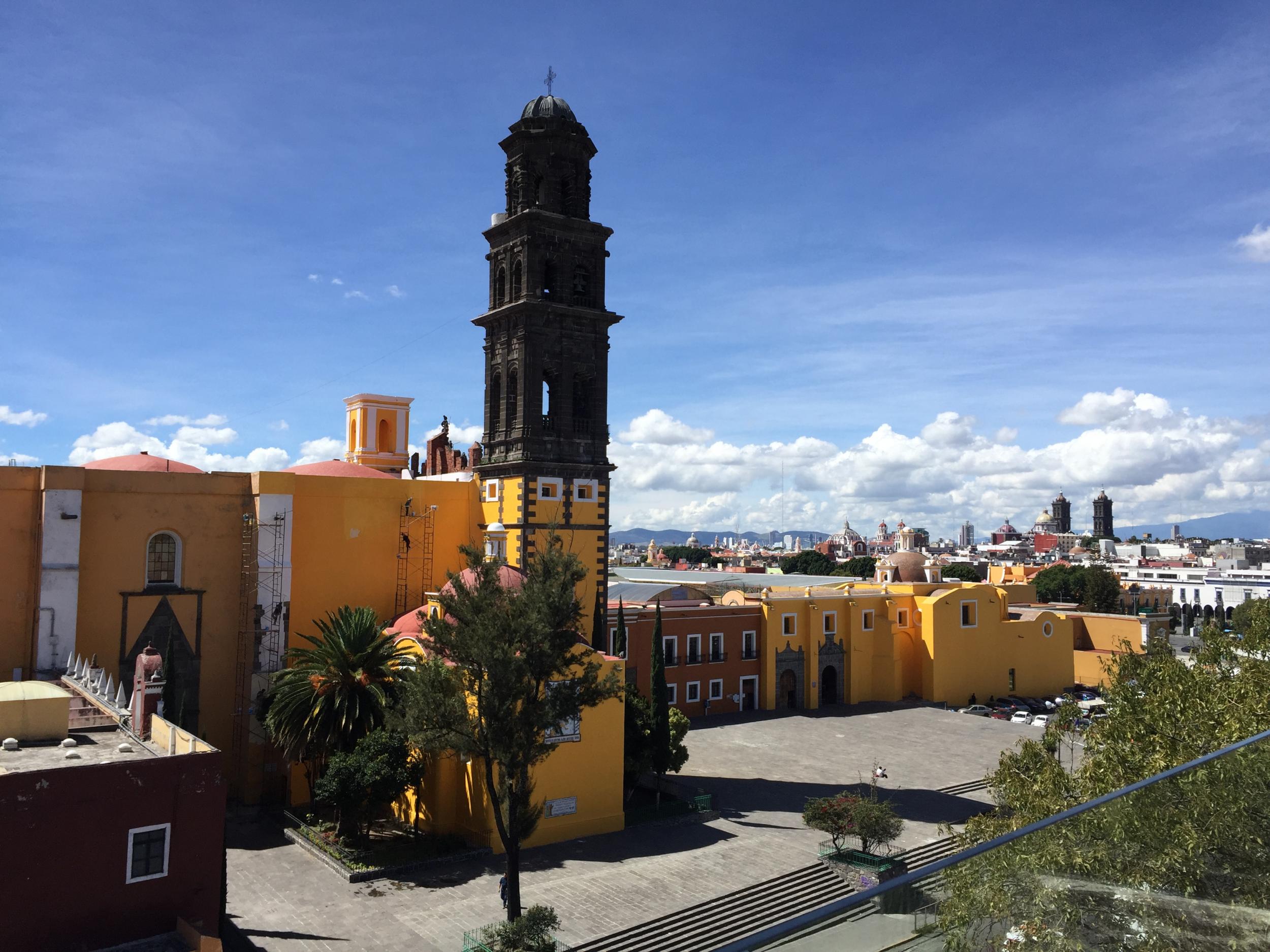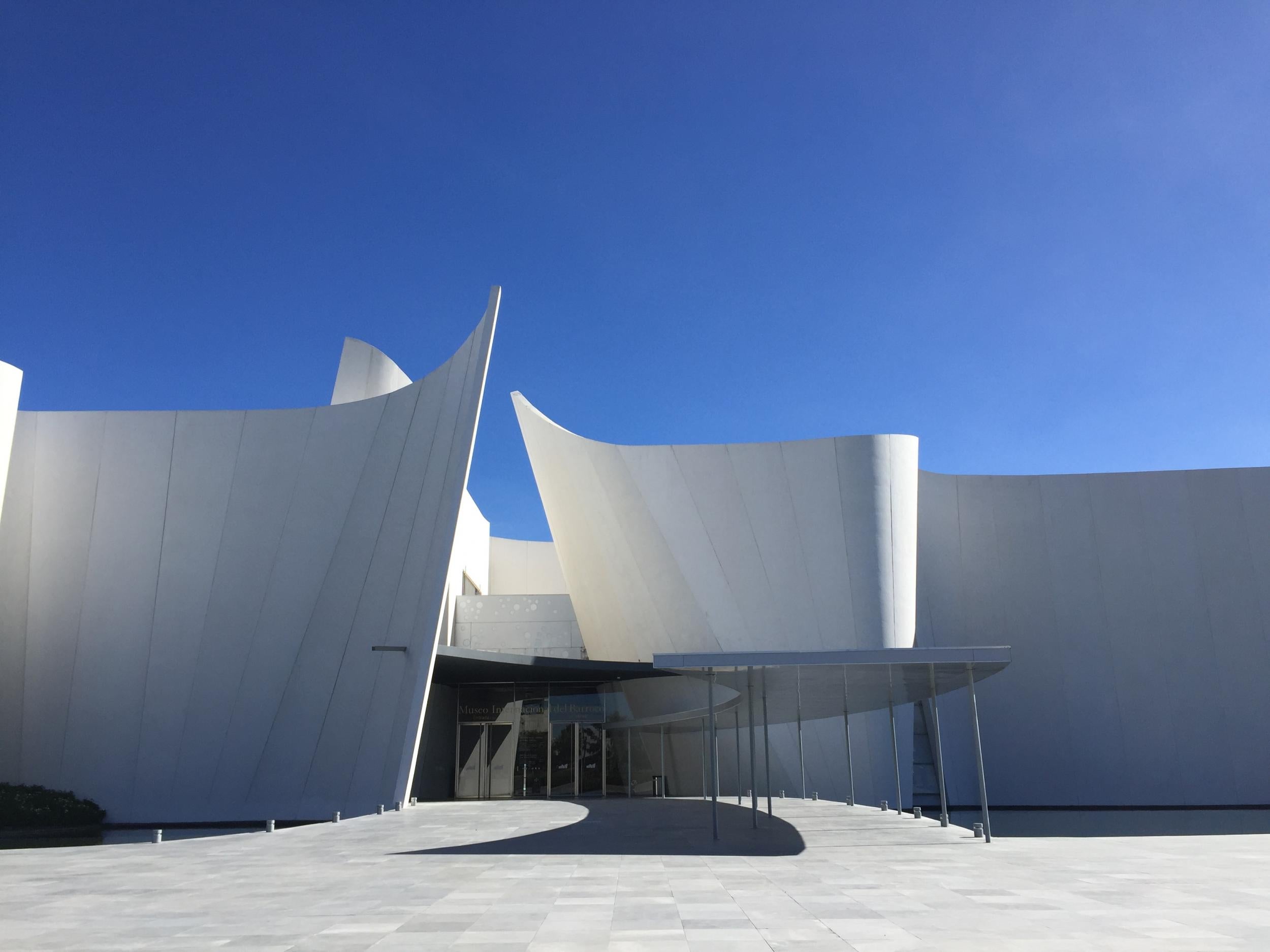Why Puebla is Mexico's coolest under-the-radar city
Forget Mexico City and head to its equally exciting neighbour, says Susannah Rigg

Your support helps us to tell the story
From reproductive rights to climate change to Big Tech, The Independent is on the ground when the story is developing. Whether it's investigating the financials of Elon Musk's pro-Trump PAC or producing our latest documentary, 'The A Word', which shines a light on the American women fighting for reproductive rights, we know how important it is to parse out the facts from the messaging.
At such a critical moment in US history, we need reporters on the ground. Your donation allows us to keep sending journalists to speak to both sides of the story.
The Independent is trusted by Americans across the entire political spectrum. And unlike many other quality news outlets, we choose not to lock Americans out of our reporting and analysis with paywalls. We believe quality journalism should be available to everyone, paid for by those who can afford it.
Your support makes all the difference.Unlike many places in Mexico, Puebla is not a Mesoamerican city; it was a new city, built by the Spanish alongside the pre-Columbian town of Cholula. A river divided it, with the Spanish on one side and the indigenous population across the water. Nowadays, while the divide and the river no longer exist, the famous Talavera tiles can be found on what was the Spanish side, and the hill where the battle of Cinco de Mayo is commemorated is found on what was the indigenous side. There’s still a noticeable difference in the grandness of the architecture when crossing over the road from one side to the other.
It’s only in the last 12 months that this intoxicating, nearly 500-year-old city – known for its molé sauce, tiles and many universities – has become Mexico’s must-visit destination. And one in its own right, rather than being just a day-trip drop-off from Mexico City, two hours’ drive away.
The recent renewal has a lot to do with extra resources channelled into infrastructure by the local governor, who was in office between 2011 and 2017. Resources were used to improve the connection between Mexico City and Puebla with a new road, as well as to update the cultural offerings – including commissioning Japanese architect Toyo Ito to design the new Barroque Museum and modernising long-standing attractions. All of this helped to shake off the long-held idea that Puebla was an old fashioned, conservative city – it now has world class museums, award winning restaurants and luxury hotels such as the Rosewood, opened in May 2017. All the ingredients required to attract visitors from around the world.
The Hamak Group’s Cartesiano hotel also opened in 2017. Housed in what was once an old tile factory, it retains many original features incorporated into its modern design and sits near the corner of El Callejon de los Sapos. It’s easily one of Puebla’s most quaint streets; the shop fronts on this winding alley range from lime green to bright orange, prettily offset by Puebla’s blue skies. A facade with a yellow triangle marks the spot of the Méson Sacristia de la Compañia, a boutique hotel and restaurant that is well worth stopping by for breakfast if just to admire the pink interior and traditional decor.
On the weekends, El Callejon de los Sapos and other nearby streets spring to life, with a flea market selling everything from old, quintessentially Mexican knick-knacks to furniture and paintings from around the country. A proper market that once drew in serious collectors from all over Mexico, it now acts as an appealing draw for both national and global tourists.
The long established and traditional cuisine of Puebla remains an attraction – it’s the self-proclaimed birthplace of molé and is now home to a great selection of traditional sweet shops on a road known as Calle de los Dulces – but contemporary chefs are also playing with conventional ingredients to bring fresh new ideas to the local gastronomy scene, with a number of restaurants catching the eye of national and international food awards in recent years. The award winning Augurio offers a selection of molés served with suckling pig or duck, accompanied by inventive cocktails, while Casa Barroca is an elegant setting for a high quality traditional meal.
Foodies attracted to Puebla can explore the city’s more humble but no less delicious culinary options on a street food tour. With the chance to try a special poblano sandwich called a cemita, sample deep-fried herbs called huauzontle in the market, and guzzle down chalupas (small corn tortillas, topped with salsa before being fried) in a tiny local eatery, it’s an economical way of stuffing in as many local delicacies as possible.

Culture abounds too – the Amparo Museum in the heart of the historic centre offers visitors a taste of Mexico’s Mesoamerican and colonial past alongside exhibitions by cutting-edge international artists. The rooftop terrace with views over Puebla’s dome-filled skyline is an attractive addition to the city.

A notoriously religious place, the city has 79 churches in its centre. Two of the most notable are the Cathedral, built in 1573, which boasts an altar made of onyx; and the 17th-century Capilla del Rosario, which has an intricately carved, golden chapel.
Another draw is Puebla’s Palafoxiana library, which dates back to 1646 and was the first public library in the Americas. Many of the original features remain, as do books that came from the personal collection of politician and Catholic clergyman Juan de la Palafox y Mendoza.

The historic and the modern peacefully coexist in Puebla; the city may be full of colonial buildings adorned with intricately painted tiles, but there are also new sights to see, such as the International Baroque Museum. Found a little outside of the centre, the museum has a modern, white, clean-lined design that houses some fine pieces of baroque art.
Adding a little ancient history into the mix, a trip to nearby Cholula, which is increasingly becoming considered a neighbourhood of Puebla, sees visitors climbing the largest pyramid in the Americas to reach the church at the top. On a clear day, the view of the majestic Popocatepetl volcano in the background makes a fitting backdrop for Puebla – one of Mexico’s most exciting cities.

Travel essentials
Getting there
Transfers from Mexico City to Puebla can be made by taxi (around £90) or by a direct bus ride from the airport (£12).
Staying there
Boutique Hotel Cartesiano has doubles from £141, room only.
Join our commenting forum
Join thought-provoking conversations, follow other Independent readers and see their replies
Comments